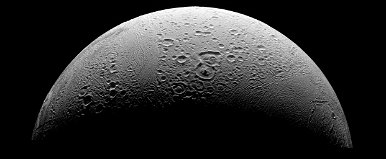Astronomers may be one step closer to proving the existence of alien life, as they have now discovered at least 85 potential planets outside the solar system that could harbor extraterrestrial life.
Professionals A NASA By studying its data, they found dozens of new planets similar in size to Jupiter, Saturn, and Neptune. Of the 85 exoplanets orbiting stars other than the Sun, 60 were found to have temperatures close to those of our solar system.
Based on all this, experts believe that this climate may actually be cold enough to support alien life. This extraterrestrial discovery was made based on data from NASA's TESS (Transitional Exoplanet Survey Satellite) mission.

A new extraterrestrial pillar has appeared in a 12,000-year-old sacred place, and the army has been sent – video
Read more…
Read more…
Scientists have found that the new planets are much cooler than most of those discovered by the original TESS mission that launched in April 2018. As a result, they believe these planets have a “habitable zone” — meaning the exoplanets are far enough away from their host stars that they can To be at the right temperature to support life.
The new study is part of an international collaboration led by researcher Faith Hawthorne PhD at the University of Warwick. Using a program called TESS, Hawthorne and his colleagues were able to observe dips in the brightness of stars, known as “transitions,” caused by objects passing in front of them. This allows scientists to identify exoplanets and determine their size.
The spacecraft captures the brightness of these stars and measures how their light is dimmed by planets passing in front of it. There are a lot of planets that can be found this way. I hope that through our research, we will not only learn about all the planets in the Milky Way, but also learn something about how our solar system formed and why Earth is so special.
Quoted from the researcher's words Mirror.

NASA has found traces of alien life on one of Saturn's moons, and a single molecule may determine our future
Read more…
Read more…












































